Brand Equity in Marketing: Sustaining a Strong Brand
Brand equity describes the additional worth that a famous brand brings compared to an unbranded product or service. This includes the reputation, perception and customer loyalty associated with a brand. It’s a crucial factor in marketing as it affects consumer behaviour, brand positioning and business performance.
Brand equity isn’t simply about having a well-known name; it refers to the positive effects on consumers and the resulting value for the company. It’s built through consumer knowledge and approval (or otherwise) of brands, plus any subsequent value derived from this. Positive brand equity leads to higher sales volume, profitability and customer retention – people are willing to pay more for brands with high equity levels, leading to higher profit margins.
Table of Contents
The Importance of Brand Equity in Marketing
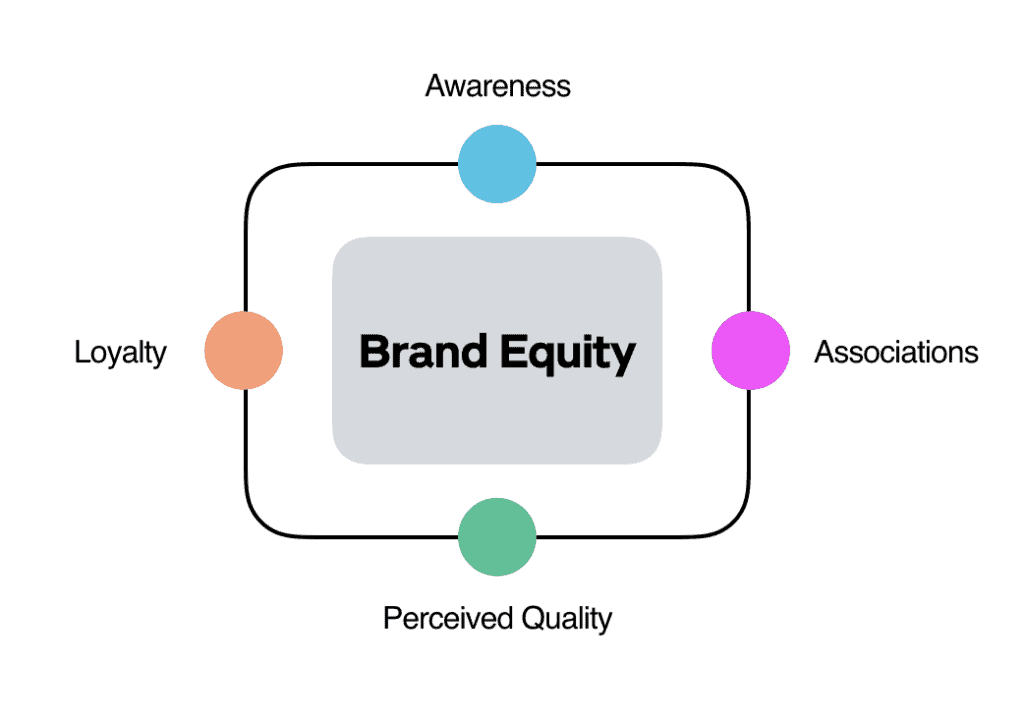
Having brand equity is highly crucial in the world of marketing for a variety of reasons. Firstly, it enables organisations to charge more for their products or services as customers are willing to pay a premium for brands with solid brand equity because they view them as higher quality, more reliable and desirable. To illustrate, Apple has established a reputation with its pricing strategy by charging top-dollar for its products due to the firm’s strong brand.
Secondly, having brand equity leads to customer loyalty and retention because people who trust what your company does and have positive feelings about it will be repeat buyers and recommend the company’s output to others. This boosts customer lifetime value – how much you’ll make off them over time – and creates an edge over competitors. Take Coca-Cola or Starbucks: both businesses have high levels of brand equity that translate into big followings consuming their offerings rather than those from rivals.
Thirdly, companies with good levels of brand equity often experience higher sales volumes and profitability because it boosts awareness among would-be customers, leading to increased market share; cuts down on marketing costs since purchasers are predisposed towards already familiar brands they trust; and thus improves profit margins/overall profitability etc. One example could be Porsche, which has created so much momentum around its luxury car line-up that it sells many more vehicles at fatter profits than would otherwise be possible.
Components of Brand Equity

Brand equity, a brand's value, is built up with the assistance of many vital parts. These incorporate brand mindfulness (the level of consumer awareness and recognition of a brand), brand loyalty, image, associations and esteem – each assuming an essential part in building and maintaining brand equity.
Brand Awareness: The initial phase in building a strong Brand Equity is guaranteeing that clients know about your image. This doesn't imply that they like or feel optimistic about it; they should know about its presence. Think Coca-Cola: the overall consciousness of this US-based beverage monster through its broad promoting effort implies you'd be unable to discover somebody who hadn't known about it.
Brand Loyalty: devotion measures how faithful your clients are to your image and how regularly they return for additional – even when different alternatives are accessible. Because Starbucks has an astonishing 35k stores worldwide and tallying, there's little uncertainty that their faltering client base visits consistently instead of picking other espresso chains.
Image: Your image alludes to buyer recognitions related to your item or administration, which means everything buyers consider when considering purchasing from you: musings, sentiments, convictions highlight advantages… put just what individuals think about first when they hear your name. Nike has done excellently here, conveying attire yet offering empowerment, motivation and noteworthiness.
Association: Brand affiliations are explicit beliefs, qualities or feelings shoppers connect with a specific brand; these can emerge from showcasing endeavours, nature, state-of-the-art encounters, and direct mailings. Volvo will probably make well-being/dependability considerations because of the numerous years spent working diligently on setting up these affiliations.
Value: Finally, we come to the financial worth/market position bit; this is where ‘brand value' comes into play – things like perceived quality, customer loyalty, market share, etc, have some kind of influence over said ‘value.' According to Interbrand's yearly Best Global Brands report, Apple is the acknowledged market leader.
Examples of brands with substantial brand equity

Many companies have managed to create powerful brand equity through the years. They offer illustrations of how brand equity can be effectively developed and acquired.
A case in point is Tylenol, a well-established name in the pharma sector. It has made itself an identity as a reliable, safe, and effective product—a reputation that has contributed to its market success and consumers’ faith in it.
Kirkland Signature, Costco’s own-label brand, offers another good example. This company stands out from generic private-label brands because it is famous for quality and value: two attributes that have together created robust brand equity–the feeling among customers that they know what Kirkland Signature stands for, trust it and are happy to choose it over rivals.
Brands such as Starbucks provide still more examples of businesses with solid brand equity–successfully using consistent marketing messaging, customer experiences or high-quality products or services (or some combination) repeatedly to win customer loyalty or convince new customers their product is worth seeking.
Coca-Cola illustrates on a global scale how substantial brand equity can be built up over many decades: refreshment, iconic branding, and emotional connections with consumers are just three things this company is known for. All of them contribute towards Coca-Cola’s ability consistently and powerfully to ensure people think highly of its products when choosing between fizzy pop options – one of the most valuable forms of positive sentiment any firm could hope for when trying to sell something.
Porsche shows how excellence in engineering combined with luxury appeal can help build substantial brand equity: once people start associating your sports cars with aspiration or status (and you’ve also nailed build quality), you’re well on your way; what we might call being “known” about being “good.”
All these brands have worked hard at creating brand equity by using consistent marketing messages that resonate with their target audience/s, delivering high-quality products or services consistently, and creating customer experiences that are also positive. By doing so, they have differentiated themselves from competitors and made a clear position in the market.
How to Build and Enhance Brand Equity
Building and enhancing brand equity requires a strategic approach and consistent effort. Companies can employ various strategies to strengthen their brand equity and create a positive brand image.
- Brand Message Consistency: To build brand equity, a company must develop and regularly communicate a clear brand message that aligns with its values and resonates with its target audience. This message should be consistent across all marketing channels. For example, Apple's innovative and straightforward brand message has been consistently communicated.
- High-Quality Products or Services: Delivering products or services of superior quality is crucial in building substantial brand equity; favourable experiences make customers trust the products/services more, leading to positive perceptions and subsequent loyalty to the brand. For example, companies like Adidas have built substantial brand equity through consistently delivering high-quality products.
- Positive Customer Experience: Positive customer experience plays a vital role in shaping customer perception of a brand and their loyalty; therefore, companies should focus on delivering exceptional customer service at every touchpoint with the brand. Factors contributing to positive customer experience include personalised experiences based on consumer preferences/behavioural data, quick responses to inquiries/complaints/questions/requests for information and exceeding expectations (going above/beyond) when addressing these requests/inquiries, etc.
- Creating Brand Associations: Companies can create positive associations by linking their brands with specific causes/values/influencers that resonate with their target market(s); this may involve partnering/sponsoring endorsements involving said influencers/causes/values.
- Practical Marketing/Branding Efforts: Brands need to invest in marketing/branding efforts to create awareness about them and reinforce any associations made; some examples of activities they could undertake include advertising campaigns/content creation/public relations initiatives/social media marketing programs, et al.
- Customer Experience Priority: A critical step in building a successful business is putting your customers first, which will lead to increased sales and customer satisfaction from excellent feedback received
By implementing these strategies and consistently focusing on building and enhancing brand equity, companies can position themselves as industry leaders, differentiate themselves from competitors, and create long-term value for their brand.
How Is Brand Equity Measured?
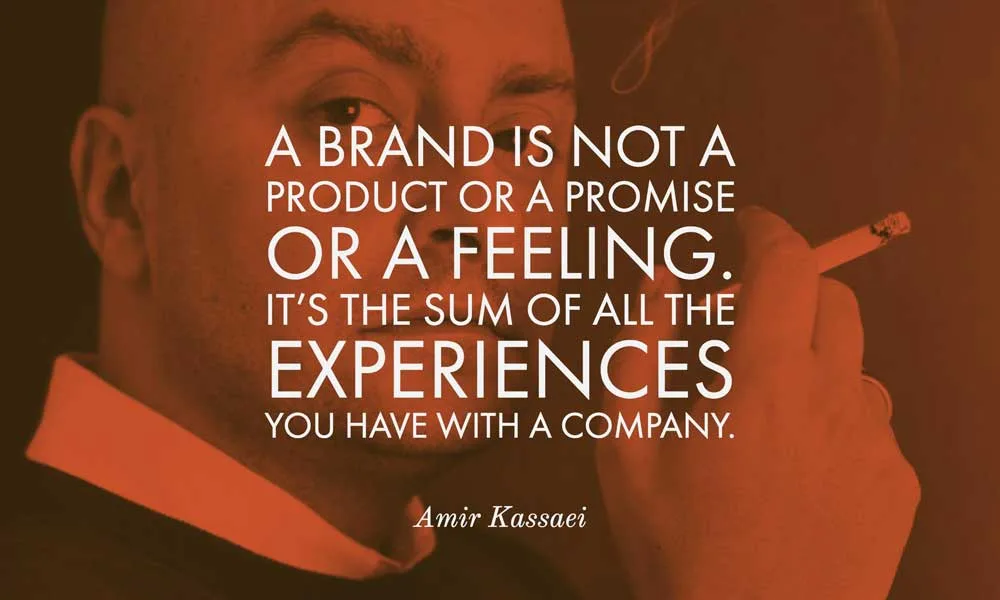
Measuring brand equity is essential to understand the effectiveness of branding efforts and to track the progress of a brand over time. While brand equity cannot be calculated directly, several metrics and research methodologies can provide insights into brand equity.
- Financial metrics: Brand value or brand equity valuation, a financial metric, can approximate the worth of a brand. These metrics consider factors such as brand recognition, customer loyalty and market share to determine the economic value of a brand. Interbrand's annual Best Global Brands report provides an annual ranking of the world's most valuable brands based on financial metrics.
- Product value comparisons: Comparative analysis of a brand's products or services against competitors is another way to gauge brand equity; this analysis considers factors such as price premiums, market share and customer preference. A brand's higher price premium than its competitors indicates substantial brand equity.
- Brand audits: The comprehensive assessment of a brand's performance, perception and associations is called a “brand audit.” This can include surveys, focus groups and data analysis to evaluate things like awareness levels, image attributes (what we associate with it), and loyalty behaviour — essentially anything that contributes to what one might call “strengths” in terms of its equity.
- Consumer perception studies: Gathering customer feedback about their attitudes/beliefs/associations with your product constitutes consumer-perception study activity; this can be done via surveys/ interviews/social media listening exercises, etc. With these kinds of insights, businesses gain knowledge about their particular type, whether positive/negative or even neutral and how they may want to improve upon them by making changes if necessary.
Measuring brand equity is an ongoing process that requires continuous monitoring and evaluation. By combining these measurement techniques, companies can better understand their brand equity and make informed decisions to strengthen and optimise their branding strategies.
What Is the Difference Between Brand Equity and Brand Value?
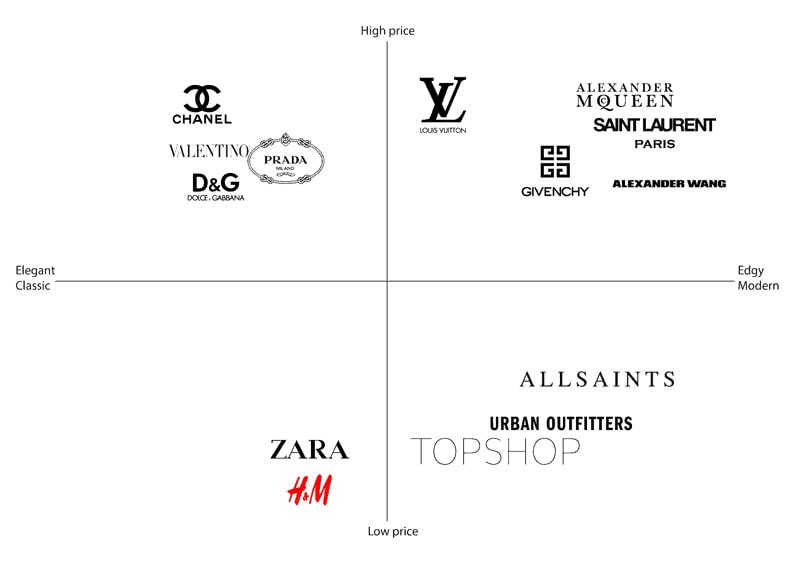
Although brand equity and value are related, they have different meanings and consequences.
Brand equity is the added value that a well-known name brings compared to a generic equivalent. It includes awareness, loyalty, image, associations and values. Brand equity comes from customer perceptions – good or bad – which lead to real-life consequences: purchases (or lack of them), profitability (or lack of it), and repeat business (or its absence). Brand strength is crucial for investors on the stock market.
In contrast, brand value is defined as “the financial worth and market position of a brand”. It’s an overarching appraisal using recognition, customer loyalty and overall market share. This measure often takes in financial metrics – multiples or premiums over book valuation – to provide an estimate in monetary terms. The Best Global Brands report by Interbrand ranks brands by their economic value.
Put simply, while one is about what you can’t touch but know exists (consumer goodwill), the other focuses on something tangible: what your name would be worth if you sold it tomorrow.
So, in practice:
– Equity recognises that there’s more consumer willingness to buy chocolate bars labelled Cadbury’s rather than “milk chocolate” per se;
– Value calculates that all those positive feelings mean Cadbury’s could command a chunky sales price if new owners who understood how to exploit its heritage were appointed.
Equity looks at items such as patents less favourably than valuation; it seeks reasons why Coca-Cola generates huge profits above straightforward ingredients costs. Value adds up all those factors with accounting precision. In short, consumers vs. accountants.
How Brand Equity Impacts Customer Loyalty

The impact of brand equity greatly influences customer loyalty. Customers who have a great impression of a particular brand and believe in their products will likely stay loyal. Several ways exist through which customer loyalty can be affected by brand equity.
Brand equity helps to create familiarity and trust. If a person is familiar with and trusts one product or service, there is a high chance that they will choose it over another; this reduces the risks of trying out new brands or products. As such, positive experiences and associations from the past help build trust, increasing the chance of repeat purchases and, later on, loyalty.
The second way brand equity can influence customer loyalty is by enhancing preference for certain brands over others. A good perception of something increases how much someone prefers it compared to other options available; several things are at play during decision-making, including quality, reliability, and emotional connections with specific brands, such as price range. For instance, if you have always had good experiences with Sony electronics, you might prefer them over Samsung when shopping for TVs. Those positive memories of Sony outweigh any potential benefits its competitors offer – thus creating a stronger preference!
Last but not least: Brand advocacy! Once people become fans due mainly in part to all their previous experiences/associations (yep, even just hearing Ryan Reynolds tell you “I’m a Mac” helps), then word starts getting spread around, which only adds fuel to the fire, leading everyone who gets exposed feeling compelled to say nice stuff too since we’re humans after all!
Two examples demonstrate how well this has worked, including Apple and Nike. Both companies have managed to build up such loyal customer bases that they not only keep coming back themselves but also constantly refer others, making sure growth never stops!!
How Does Brand Communication Affect Brand Equity?
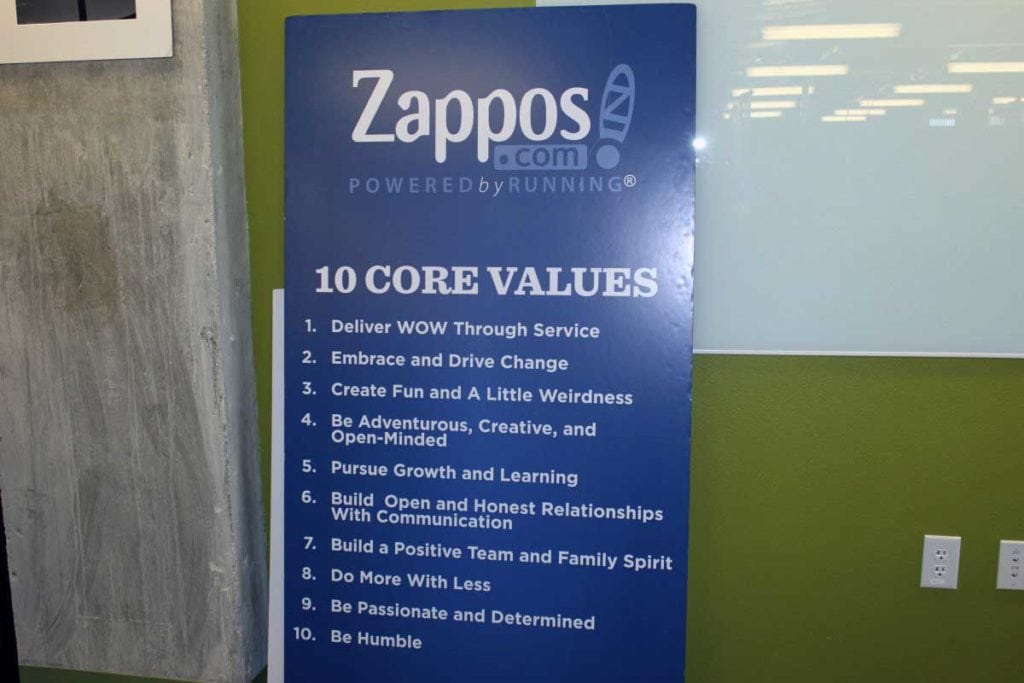
When it comes to building brand equity, brand communication is vital. Crucially, effective brand communication helps to establish and reinforce the desired image, associations and perceptions of a given brand in consumers’ minds. It also influences consumer attitudes, beliefs and behaviours – ultimately affecting brand equity.
Crucial to this process is consistency in terms of the messaging brands rely on when communicating with audiences more generally, which requires companies to ensure that their message is clear, consistent and aligned with their values and positioning.
By taking this approach across channels including social media, advertising, PR (public relations) types of activity – even sales promotions or events –, they can ensure that their campaigns all work together towards achieving the same end goal, namely reinforcing what they want people to think about them whenever interacting with a given touchpoint.
Brand communication is also crucial in driving awareness, significantly boosting overall brand equity. By promoting themselves via advertising, PR activities, social media campaigns, etc., firms can raise awareness amongst target audiences. This is important because customers must know about a company before any perception or association can occur.
Another benefit of getting comms right is helping set up and “reinforce” brand associations. In other words, it enables people who interact with your marketing messages or even physical product/service offerings to understand precisely what you are about/what’s unique about you each time one has contact with any form of comms activity from your firm.
An example here would be how Coke has used its marketing campaigns down through the years so effectively to associate itself not just with good times but family occasion type gatherings too, including Christmas season-related activities such as Santa Claus parades et al., while at it…all adding up nicely for Coke when it comes around once again in Q4 looking forward no doubt hoping lots of folks will choose to drink it in the run-up to, on and indeed after December 25.
Brand communication can also help address customer needs/concerns/feedback. By taking time to listen/respond/build out that conversation with those you ultimately want money from – publicly or privately via social media, for instance – brands can demonstrate how committed they are towards keeping customers happy…something which helps build trust and a good experience among audiences as part of a journey towards boosting brand equity.
Two examples include Zappos and Amazon, which have exceeded industry norms when communicating with customers. Their actions now serve as best practice examples for everybody interested in this topic.
To conclude, if you’re looking at all possible ways by which brand equity might be improved, effective brand communication will always be one of your most powerful tools. Get messaging right; raise awareness levels; speak clearly about what’s unique about your business or product offering; respond (and fast) whenever someone gets in touch enquiring about what you do/sell/follow up once people have bought something from you – taking such steps will all contribute significantly towards building more vital overall levels of brand equity for your company.
Effective Marketing Strategies for Building Brand Equity
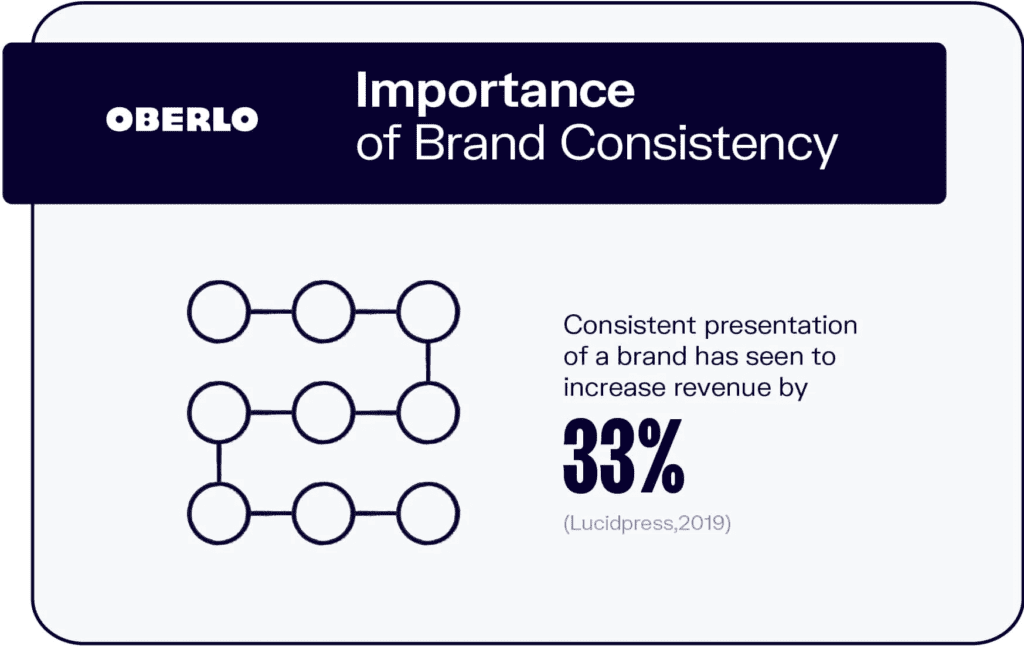
Building brand equity requires a strategic and integrated approach to marketing. Several effective strategies can help companies develop and strengthen their brand equity.
- Consistency in branding: Consistency plays a crucial role in building brand equity. Ensure your brand message, visual identity and tone of voice are always the same across all marketing channels and touchpoints. It creates a cohesive company image and strengthens positive associations with your brand. Coca-Cola is an example – its red colour and logo have not changed over time, helping to create substantial brand equity.
- Customer experience: Brand equity relies on exceptional customer experiences at every point of contact. This means personalisation, excellent customer service and seamless transactions – whatever it takes to make customers happy. Prioritising these points will allow you to build trust, loyalty and positive associations with your brand. Disney does this well by consistently delivering memorable customer experiences.
- Brand storytelling: Creating compelling stories that resonate with customers can help build emotional connections that foster loyalty towards a particular brand -– crucial for building brand equity. These stories might highlight a company’s values or heritage or how buying from them might improve customers’ lives. Outdoor clothing firm Patagonia uses excellent storytelling to stress its commitment to environmental sustainability, which appeals directly to some consumers.
- Social media use: Using social platforms such as Facebook or Twitter can increase interactions between businesses and their core audience – helping boost overall sentiment about their brands (and increasing their potential for sharing). The key is creating relevant content which people value enough so they share it, responding promptly when someone inquires, making users feel like part of a community who belong, and taking feedback on board so products/services keep improving. Nike & Starbucks (see above) do this well.
- Forging links with influencers: Partnering with influential figures whose values align closely with yours could help increase awareness around what you do while enhancing specific areas within the public mindset you want to associate positively with your company/brand. Doing so should encourage good sentiment about your brand and trust. Adidas does this with sports people/teams; L’Oréal collaborates with beauty influencers.
In conclusion, building brand equity requires a holistic approach to marketing. Companies can effectively develop and strengthen brand equity by focusing on consistency, customer experience, brand storytelling, social media engagement, and influencer collaborations. These strategies help create a positive brand image, build customer loyalty, and differentiate the brand from competitors.
